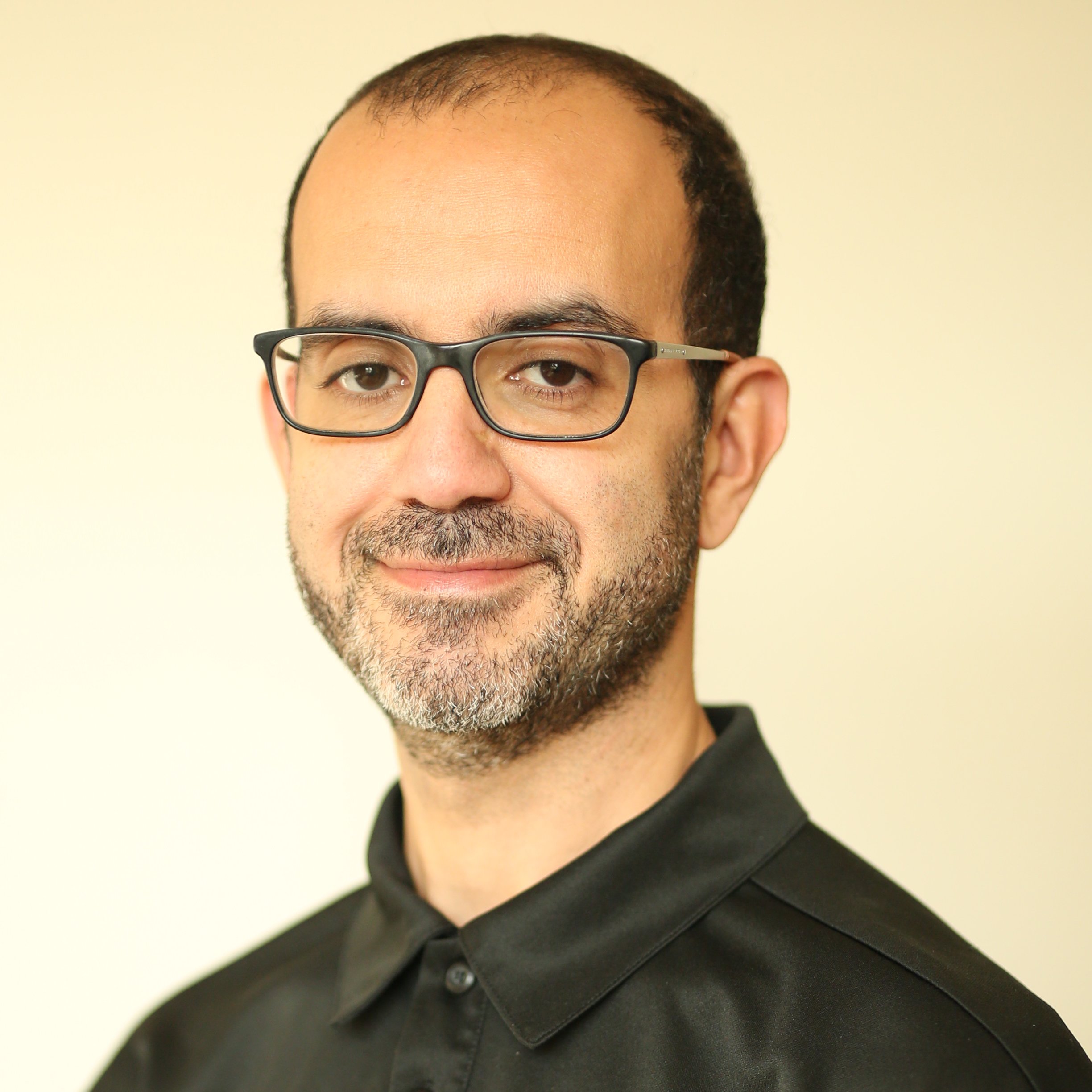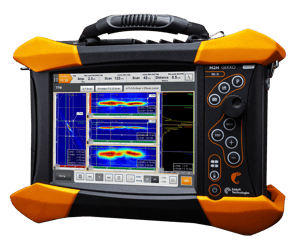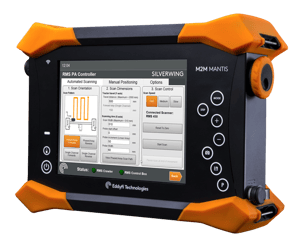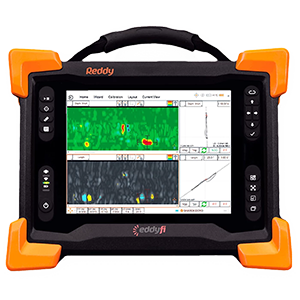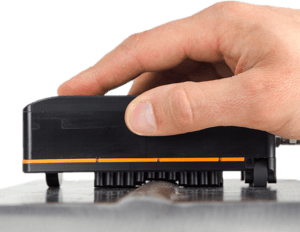Heat Affected Zone (HAZ) Cracking
Heat affected zone cracking, or toe cracking, is normally considered when there is a separation in the material that occurs next to the weld. Toe cracking occurs when the following are present:
-
a sufficient level of hydrogen,
-
a sensitive material,
-
and a high level of stress.
If we eliminate at least one of these, the heat affected zone cracking will be eliminated. These may appear after cooling of the material.
Transverse Cracking
Transverse cracking is characterized as a crack within the weld metal perpendicular to the direction of travel. This is the least frequent type of cracking and is normally associated with weld metal that is higher in strength than the base material. This type of cracking may be linked to hydrogen; transverse cracking is also a factor of excessive residual stresses and a sensitive microstructure of the material. The primary difference is that transverse cracking occurs in the weld metal because of longitudinal stress.1
Crater Cracking
Crater cracking is cracking that occurs when welding is stopped before completing the pass on a weld joint. One way we can eliminate this is with a backfilling technique to increase the thickness of the crater.
Better Surface Weld Cracking Detection and Characterization with Advanced NDT
With advances in non-destructive testing technology comes advanced methods for improved transverse crack detection and sizing. Eddyfi Technologies continues to push the limits of NDT technology forward through constant innovation, offering a complete range of solutions that offer a complete look at capital assets and critical components requiring regular assessment.
The methods used for detecting the types of flaws described here include Phased Array Ultrasonic Testing (PAUT), Total Focusing Method (TFM), and Eddy Current Array (ECA). With Total Focusing Method, we use the same transducers that are used for phased array.
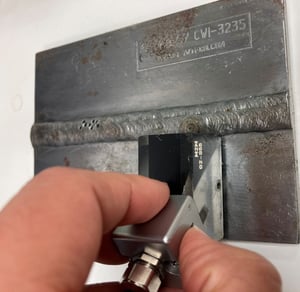
Phased Array Probe 64L5-G2
Phased Array Ultrasonic Testing and Total Focusing Method
Gekko® is a field-proven flaw detector offering PAUT, UT, TOFD and TFM through the streamlined user interface Capture™. Released in 32:128, 64:64 or 64:128 channel configurations, Gekko combines high-resolution and speed while reducing inspectors’ training time.
Mantis™ is a robust yet lightweight alternative offering UT, PAUT, TOFD, and TFM. Based on a 16:64PR architecture with three different models, Mantis addresses both general and advanced applications without compromising productivity.
Eddy Current Array and Tangential Eddy Current Array
Reddy® is a portable electromagnetic NDT system for rapid crack and corrosion assessment. With embedded data analysis software, it offers the most intuitive user experience which includes real-time C-scans viewed through a large multi-touch interface and many other features that enable fast, high PoD surface inspections.
Sharck™ probes were specifically designed for detecting cracking in carbon steel using Tangential Eddy Current Array (TECA™) technology. These probes can position cracks, measuring their length, and sizing them as deep as 7 millimeters (0.28 inches). This can be achieved without removing paint or protective coatings, unlike more conventional techniques.
Traditional pancake coil axes are perpendicular to the surface under test. TECA, on the other hand, uses tangential coils positioned on their sides with their central axes parallel to the surface under test. Eddy currents also flow parallel to the surface making them capable of “diving” under cracks.
The following images show the differences between Total Focusing Method and Eddy Current Array for a detected heat affected zone crack.
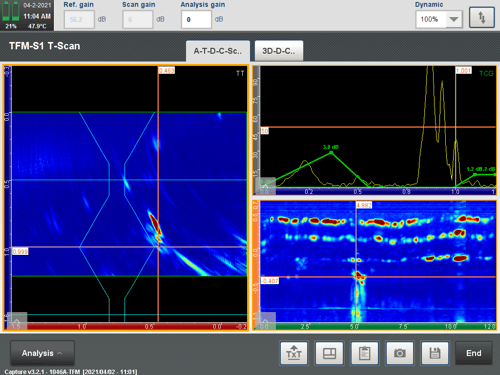
Total Focusing Method
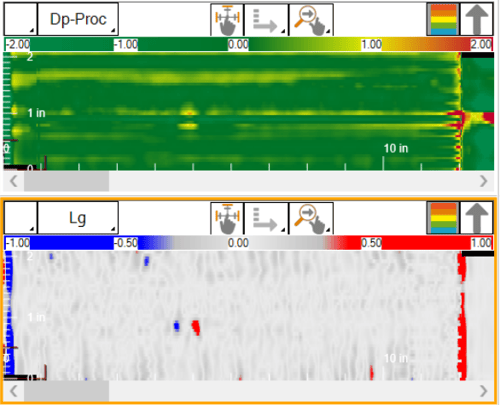
Eddy Current Array
These images compare TFM and ECA results of a weld plate.
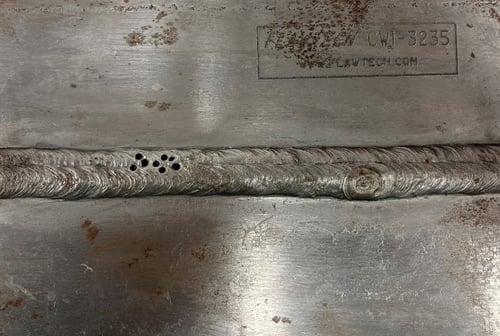
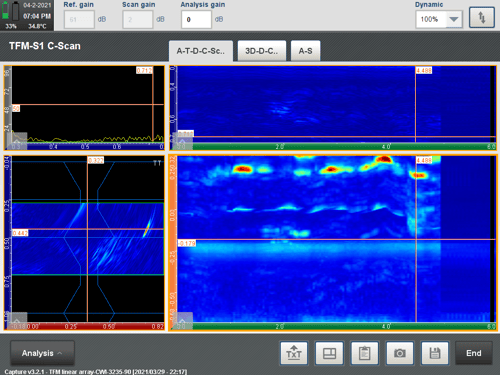
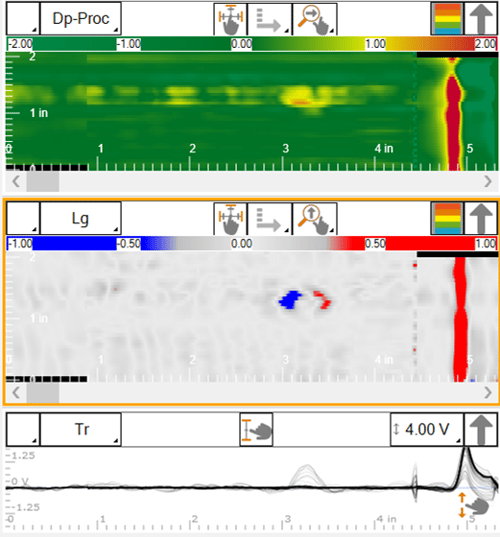
Finally, the following images show the results from the Sharck Eddy Current Array probe.
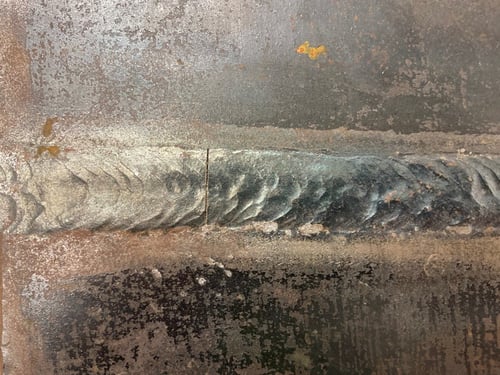
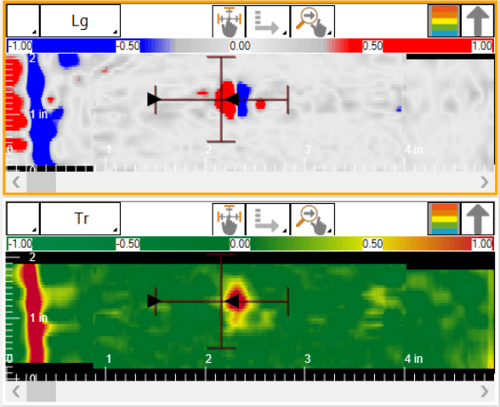 Conclusion
Conclusion
As seen in these examples, one can use various types of techniques to detect transverse flaws in welds. Technician knowledge and skills due to interpretation are still required for this type of inspection, but the advanced features of the Total Focusing Method and Eddy Current Array techniques allow the technician to create a more informed call.
Contact our team of experts to discuss your next inspection and see how our Beyond Current solutions deliver trusted results for efficient asset health monitoring programs.
1 Weld Cracking, An Excerpt from The Fabricators’ and Erectors’ Guide to Welded Steel Construction, The James F. Lincoln Arc Welding Foundation





